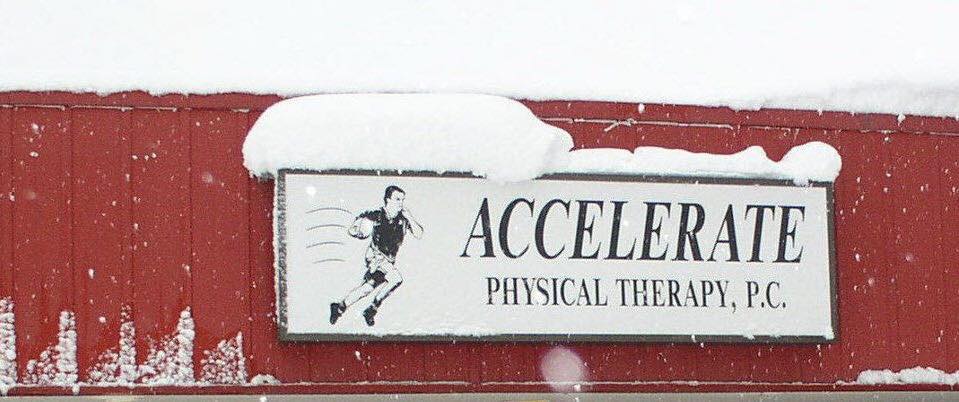By definition, strengthening of muscles takes 6 weeks or longer. Strength is defined by the extent to which muscles can exert force by contracting against resistance. Quick changes in strength can often be attributed to changes in neurological activation. Few physical therapist and patients have 6 weeks or more to reach strength goals. We have to reach functional goals quickly to be reimbursed by the insurance companies and serve our patient needs.
Patients are like children and water. They always take the path of least resistance. In many cases our body will create compensatory movement patterns due to imbalances or injury. For our body to move efficiently we need all muscles to be active and work with appropriate force. You can’t strengthen a muscle that isn’t activated. The compensatory muscles are happy to kick in and perform the task, but perhaps with pain or decreased range of motion. A muscle that is inactive needs to be neurologically activated before it can become physiologically stronger.
Activation is neuromuscular education and movement training. Physical therapists are not personal trainers, we are neuromuscular experts. Finding imbalances or muscles that have become lazy and correcting muscles timing and coordination will improve specific joint function and often eliminate pain and improve function.
A common situation for muscle activation is following knee trauma. Our body protects our joint from injury by filling the knee with synovial fluid which in turn shuts down our medial thigh muscles to limit activity. We use exercise, as well as neuromuscular educational stimulation to reactivate the muscle group and restore function to the knee.
Following proper muscle activation exercises can be performed and over longer periods strength and power gains as well as muscle growth can be achieved.

